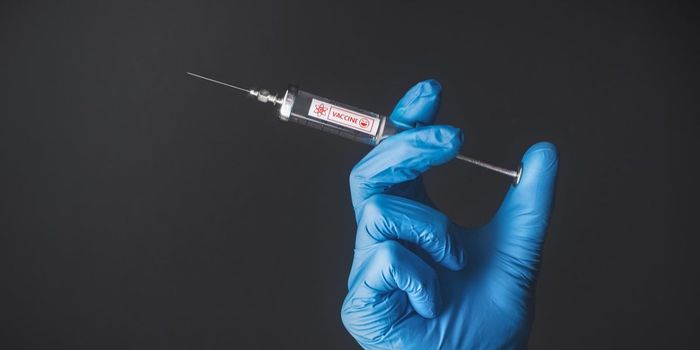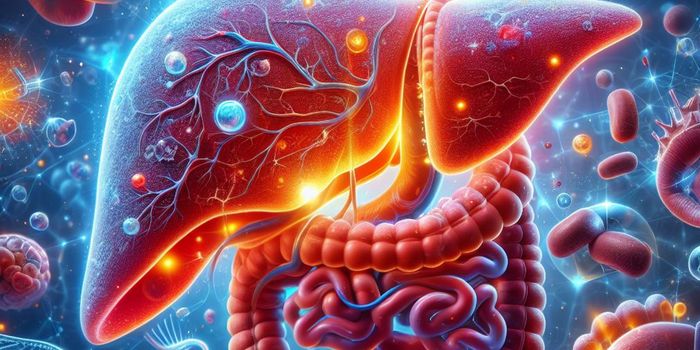Diabetes: The next-generation therapy
A publication in Nature Communications describes a therapeutic that can avoid the side-effects of insulin in diabetic treatments particularly hypoglycemia. Presently, insulin injections is the standard and essential treatment for the survival of individuals with type 1 or type 2 diabetes.
Learn more about the role of insulin:
The study describe the identification of a protein that can act as blood sugar and avoid the complications of insulin usage. The protein is called S100A9 and can pave the way for a better therapeutic for treating insulin deficiency.
"This protein has a bad reputation because, when it binds to its sister protein S100A8, it creates a complex called calprotectin that causes the symptoms of many inflammatory or autoimmune diseases," says Giorgio Ramadori, a researcher at the Diabetes Centre of the UNIGE Faculty of Medicine and lead author. "However, by over-expressing S100A9, we can, paradoxically, reduce its harmful combination with S100A8, hence dampening calprotectin levels."
S100A9 was administered at high doses to insulin-deficient diabetic mice models. Findings showed an overall improvement of glucose management.
"In human beings, previous studies already indicated that increased S100A9 levels correlate with reduced diabetes risks; hence, these results further bolster the clinical relevance of our data. As such, we are currently working to progress to phase I human clinical trials to directly test the safety and efficacy of S100A9 in insulin deficiency," says Professor Roberto Coppari, who is currently conducting a a clinical observation study, in collaboration with the Geneva University.

On the left, a pancreatic islet of a healthy mouse (in red, cells producing insulin). On the right, a pancreatic islet of an insulin deficient mouse (cells producing insulin are virtually absent). © UNIGE
However, researchers also discovered something else—that the protein only works in the presence of a cell-surface receptor called TLR4. TLR4 is expressed on certain cells—especially fat and immune cells.
"Why? For the moment, it remains mysterious," says Roberto Coppari.. "We also want to decipher the exact role of TLR4 in order to offer a therapeutic strategy that achieves the delicate balance of optimal blood glucose, ketone and lipid control."
Source: UNIGE








